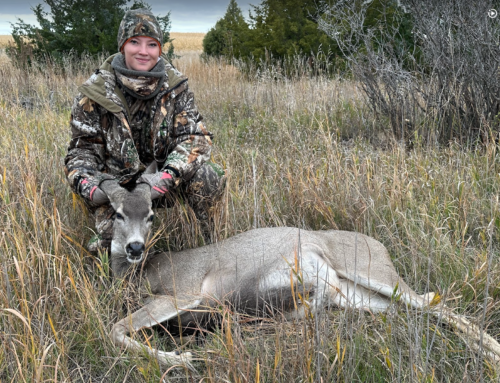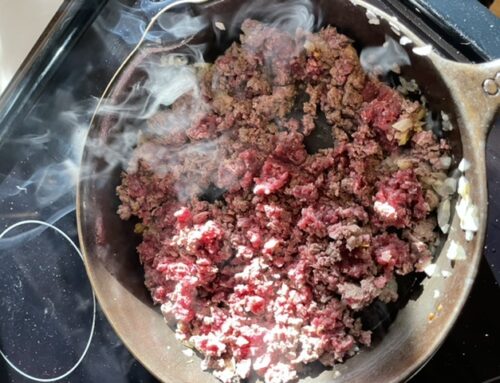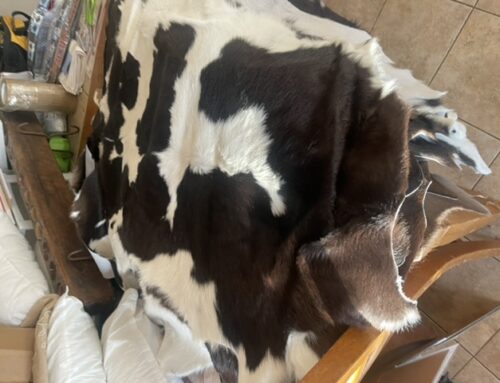As meat freezes, the liquids inside expand and form into crystals that puncture muscular fibers. As the meat defrosts, these crystals turn back to liquid. The damaged tissue will then release additional fluid that contains salt, vitamins and proteins.
This juice isn’t just moisture for the meat, it’s also flavor. In theory, meat that has been frozen ends up being slightly tougher and drier than if it were fresh. Additionally, freezing promotes oxidization of fat, meaning the overall flavor begins to decline the longer it is frozen.
Now, imagine this entire process happening twice. The quality of meat is now significantly lower, so it’s no wonder why many chefs preach against refreezing meat. Because so many people, including myself, have been in this predicament, I decided to try an experiment to find out just how much of a difference refreezing makes.
I defrosted a vacuum sealed package of two pheasant breasts in the fridge that had been frozen for more than a year. The next day, I placed one of those breasts back in a vacuum sealed bag and froze it for a second time. After another 24 hours had passed, I pulled the meat from the freezer and left it in the fridge to defrost with its other half.
The following day, I cooked both pheasant breasts side by side in the same pan for the same amount of time. The meat that had been frozen only once was tender and juicy. The other was noticeably tougher and drier. However, I wouldn’t go so far as to say it was inedible by any means. It was still a good piece of meat. Had I served that to someone who didn’t know that it was frozen twice, they might have assumed it was just a standard rooster.
Although the results came out as expected, they weren’t as dramatic as I thought they would be. There are a few things you can do to make the best of refreezing if it has to happen though.
First of all, make sure you refreeze meat as quickly as possible. Don’t let your game sit in your fridge for a week and then decide to refreeze it. When you do, clearly label the package so you know you’re working with meat that has been refrozen. If cooking with refrozen white meat such as pheasant, rabbit or turkey, give it a brine before cooking. This will make a big difference in the overall quality.
Lastly, cook the meat in a recipe that calls for low temperatures. When meat is introduced to high heat, the muscular fibers contract and squeeze out valuable juices. Choose gentle cooking methods such as braising in a Dutch oven or slow cooker to help your game retain more moisture. If you’re cooking a steak, try using a sous vide device.



